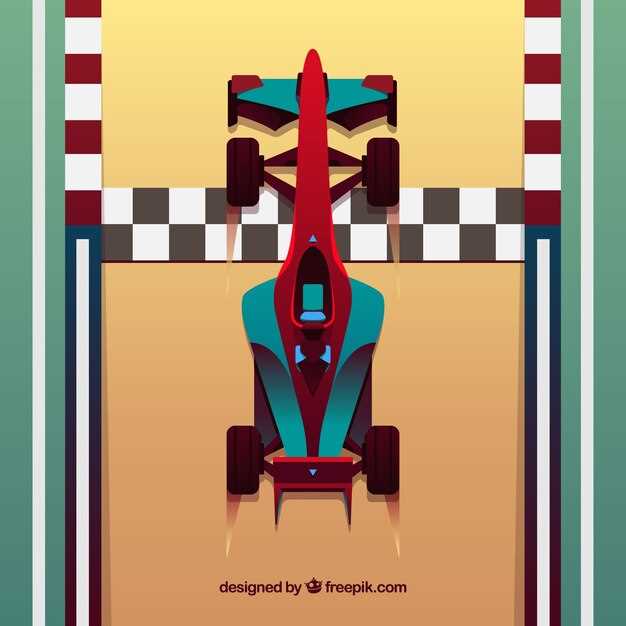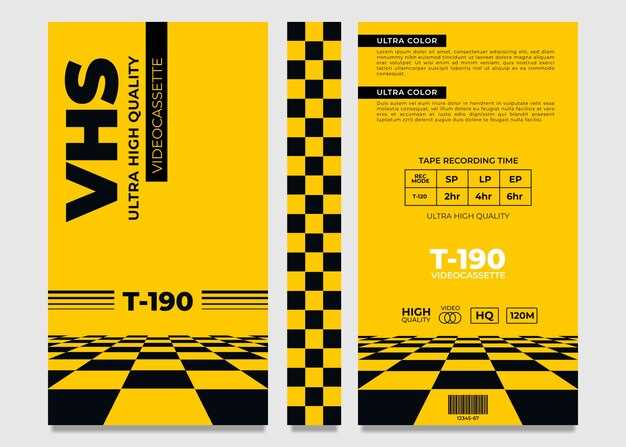

In the high-stakes world of motorsport, the rigidity of a race car’s chassis plays a pivotal role in determining not only its performance but also the safety of its occupants. One of the most critical components in achieving this goal is the roll cage, which serves to protect drivers during high-impact collisions and rollover incidents. A well-designed roll cage effectively distributes forces throughout the vehicle, minimizing the risk of deformation and maximizing structural integrity.
When discussing the best roll cage designs, it’s essential to consider the various configurations and materials that contribute to the overall safety of the vehicle. Different styles of cages offer unique levels of rigidity and protection, tailored to specific types of racing and driving conditions. From simple to complex designs, the right roll cage can make a significant difference in a driver’s survival during a crash.
As we explore the top roll cage designs, we will highlight their features, advantages, and the specific ways in which each design enhances the chassis integrity. Understanding these elements is crucial for teams looking to improve safety standards and better protect their drivers on the racetrack.
Types of Roll Cages and Their Impact on Chassis Rigidity
Roll cages are essential safety structures in race cars, designed to protect the occupants during collisions or rollovers. Different types of roll cages not only enhance safety but also influence chassis rigidity, which is crucial for performance and handling. Understanding the various designs helps in selecting the most appropriate option for specific racing conditions.
There are generally two primary categories of roll cages: full cages and half cages. Full roll cages encompass the entire interior of the vehicle, providing maximum protection and significantly improving chassis rigidity. The additional support bars and cross-members in a full cage distribute impact forces more evenly throughout the vehicle, reducing localized stress on the chassis and enhancing stability during high-speed maneuvers.
Half cages, while easier to install and lighter, offer less rigidity compared to full cages. They provide basic protection but may not withstand severe impacts as effectively. The reduced structural support can lead to flexing of the chassis under stress, negatively impacting handling and overall performance on the track.
Another important aspect to consider is the design of the roll cage. The geometry of the cage, including the number of contact points and the thickness of the tubing, plays a vital role in enhancing rigidity. A well-engineered roll cage allows for better weight distribution and reduces body flex, contributing to improved control and response during race conditions.
Additionally, certain configurations, such as X-bracing and diagonal supports, can further enhance rigidity by reinforcing weak points in the chassis. These modifications create a more rigid structure capable of absorbing energy from impacts, thus protecting the driver and maintaining performance reliability.
In conclusion, the type of roll cage and its design significantly influence chassis rigidity. Selecting the appropriate roll cage is essential for enhancing both safety and performance, ensuring that race vehicles can withstand the rigors of competitive racing while providing optimal handling characteristics.
Key Materials Used in Roll Cage Construction

When it comes to enhancing the safety of race cars, the construction of a robust roll cage is paramount. The choice of materials used in its fabrication significantly impacts the overall strength, weight, and rigidity of the chassis.
Steel is the most commonly used material for roll cages, primarily due to its durability and excellent energy absorption properties. Within this category, carbon steel and chromoly steel are popular choices. Carbon steel offers a good balance between strength and weight, while chromoly, an alloy of steel, adds additional rigidity and decreases overall weight, making it favorable for serious racers.
Aluminum presents a lighter alternative to steel. Although it does not provide the same level of rigidity, its reduced weight can enhance performance. Aluminum cages are often used in categories where weight restrictions are more critical than structural strength.
Titanium is also a consideration for high-end racing applications. While it is significantly more expensive, titanium offers exceptional strength-to-weight ratios, allowing for a lightweight yet incredibly strong roll cage. However, its difficult handling during fabrication limits its widespread use.
Each material has its benefits and trade-offs. Ultimately, the choice will depend on specific race regulations, vehicle requirements, and performance objectives. Incorporating the right material not only ensures safety in the event of an accident but also contributes to the overall performance and handling characteristics of the chassis.
Design Features that Maximize Driver Protection

One of the primary considerations in race car safety is the design of the roll cage. A well-engineered cage significantly enhances driver protection by absorbing and distributing impact forces during a crash. Key features that maximize its effectiveness include the use of high-strength materials that ensure both rigidity and durability, minimizing the risk of deformation upon impact.
The integration of a multi-point harness system is essential in conjunction with the roll cage. This system helps keep the driver securely positioned within the chassis, reducing the likelihood of injury by preventing excessive movement during a collision. Additionally, the strategic placement of the cage components, such as diagonal braces and cross members, is crucial for reinforcing the structure and enhancing its overall rigidity. These elements work in tandem to create a strong safety cell around the driver.
Another vital aspect is the connection points between the roll cage and the chassis. A secure and properly designed interface ensures that forces are transmitted effectively throughout the vehicle, preserving the integrity of both the cage and the chassis during high-stress scenarios. Furthermore, the ability to accommodate safety features like head and neck restraints showcases the importance of considering driver protection in the design process.
Finally, ensuring that the roll cage design adheres to established safety standards, such as those set by sanctioning bodies like the FIA or SCCA, guarantees that it meets rigorous testing and performance criteria. This compliance not only maximizes driver safety but also provides peace of mind to both drivers and teams, allowing them to focus on performance with confidence in their vehicle’s protective capabilities.







